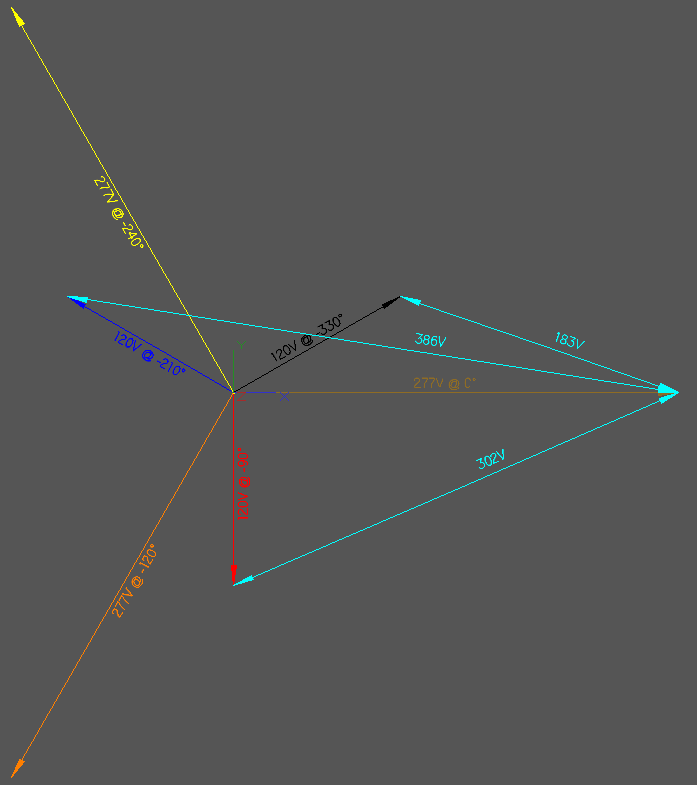cainisunabel
Member
- Location
- Houston, TX
My employer asked me about dividers being used when a 120v switch is in a box with a 277v switch. He said the journeyman running the job told him dividers weren't required at these locations because of the insulation rating of the wire, which tells me the journeyman in question was using 303.3(C)(1) as his reference. My employer and supervisor both insist they have always used dividers in such situations but neither one could tell me whether it is required by code or just a "trade standard." I'm a residential guy so some practices of commercial focused guys are foreign to me.
My first thought is something about 300v between devices, so I make my way to 404.8(B) and realize I don't know what the measured voltage between the two switches would be. I've asked a couple of guys I know and they can't tell me what the voltage should be, but each of them uses a divider when 120 and 277 are in the same box. Each also gave the example of a bathroom with 277v lighting and a 120v fan.
My question is this: Is a divider required by code between a switch controlling a 277v load and a switch controlling a 120v load when they are in the same box or is it common practice?
My first thought is something about 300v between devices, so I make my way to 404.8(B) and realize I don't know what the measured voltage between the two switches would be. I've asked a couple of guys I know and they can't tell me what the voltage should be, but each of them uses a divider when 120 and 277 are in the same box. Each also gave the example of a bathroom with 277v lighting and a 120v fan.
My question is this: Is a divider required by code between a switch controlling a 277v load and a switch controlling a 120v load when they are in the same box or is it common practice?



